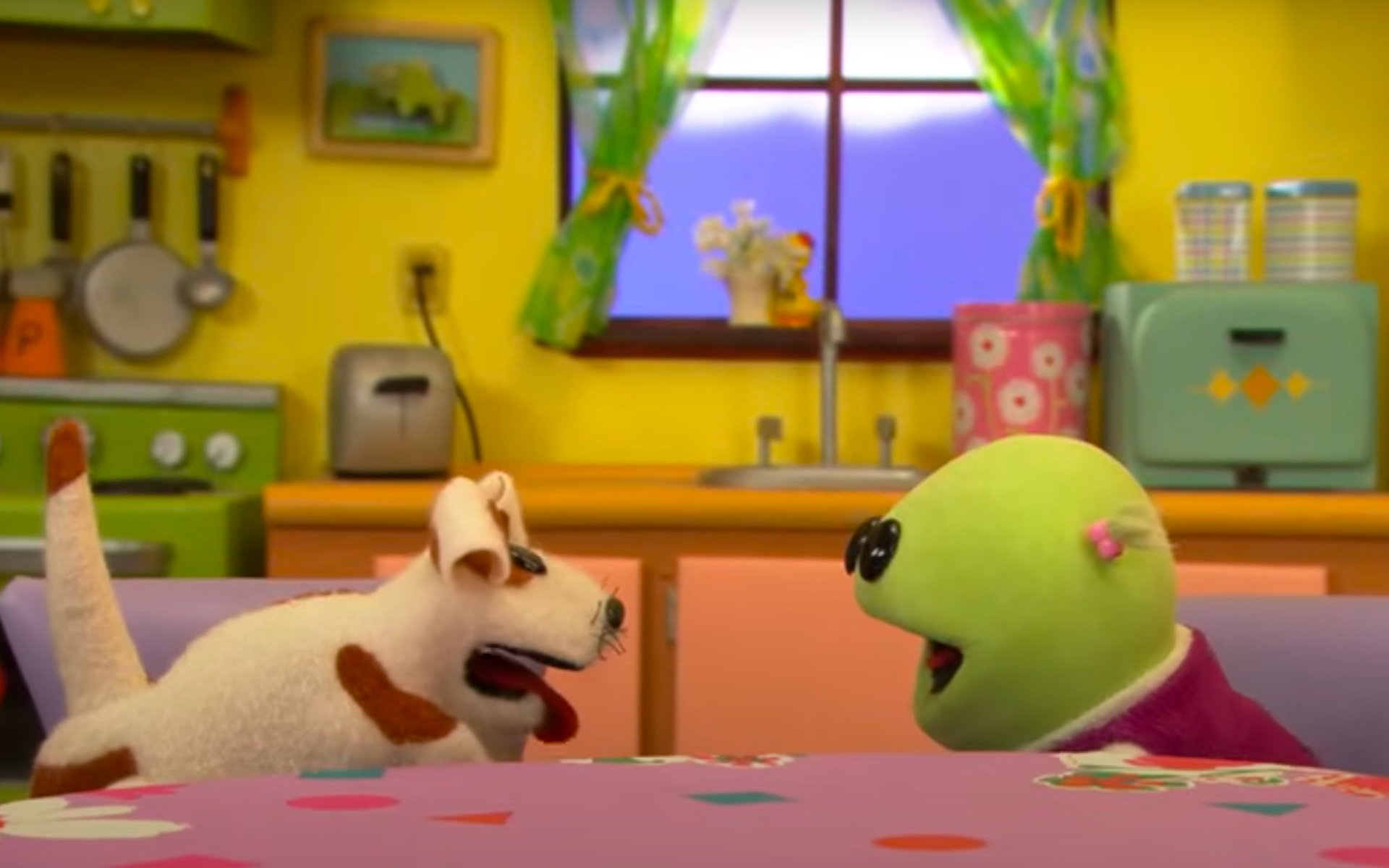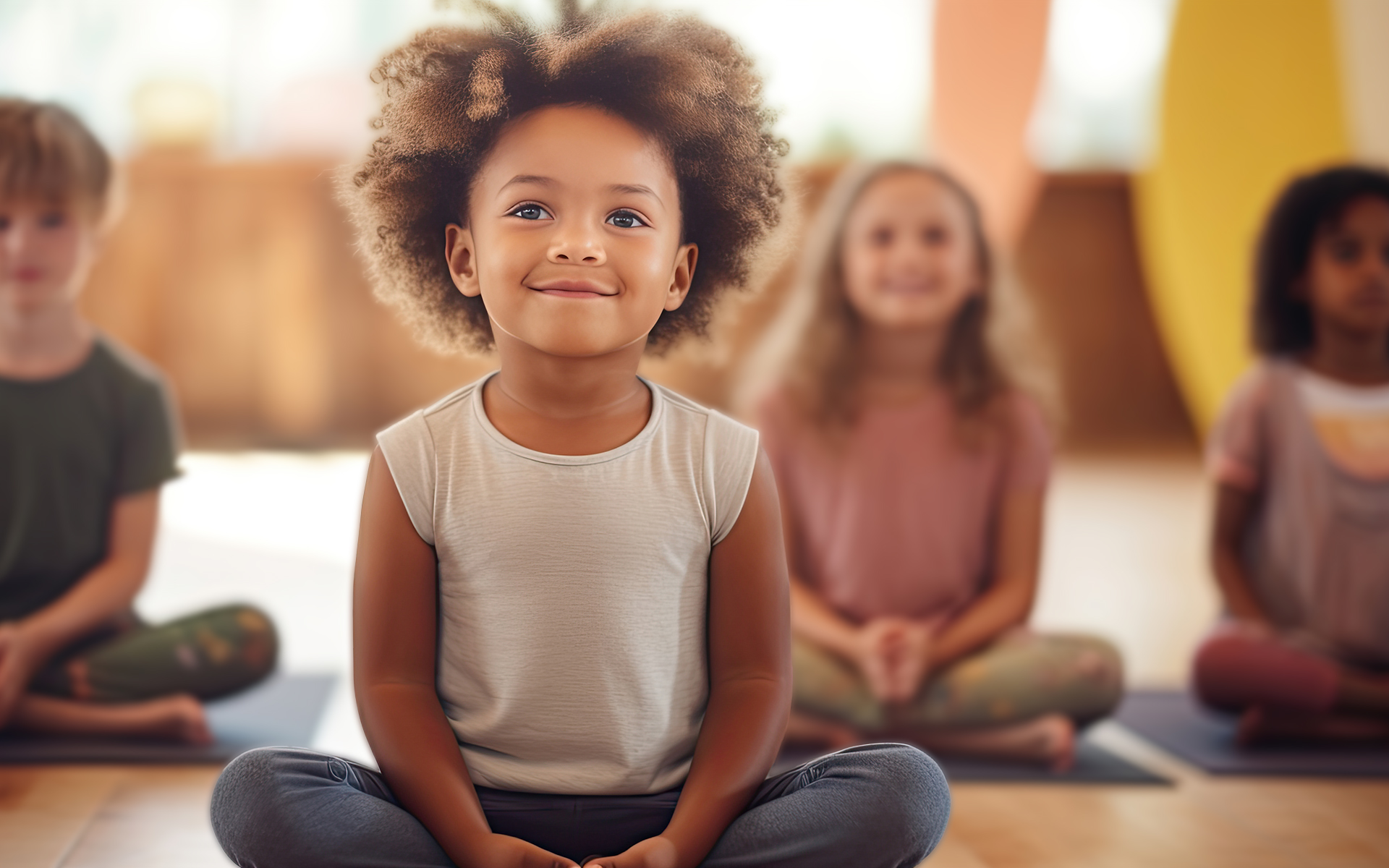Starting from the time my children were pretty little, we had two gratitude practices that were a part of our family dinners. Gratitude can be a wonderful practice for families to intentionally bring to mind, heart, and voice what is really good and important. During holiday times, things can get busy and stressful and slowing down to focus on gratitude is a way to appreciate the small things, more than presents and consumption. As humans, we have a natural negativity bias, which was an important part of our evolution and has kept us safe. We’ve needed to remember where the dangerous tigers or poisonous snakes are so we can avoid them.
Gratitude practices are a way to counteract our brain’s very normal focus on the negative. When we practice gratitude in classrooms at Space Between, we tell students that it doesn’t mean that we are pretending things are perfect or faking that things are great when they are not. It’s about looking for the good, on purpose, to balance out that negativity bias in our brain. Research shows that new connections are made in our brain when we practice gratitude, especially when we write down what we’re grateful for or say it out loud. Studies show that practicing gratitude can help us feel happier and change our brain for the better.
Mindful Gratitude Practices for the Whole Family
1. Go around the table and name three things that you’re grateful for. It could be something small like a yummy treat, or someone holding a door open for you or something bigger like your life or family. If someone is having trouble, you might gently guide them with ideas, but without too much pressure. In my family, we always allowed people to pass. Often what a family member shared would stimulate a whole discussion and we would have to pull ourselves back to make sure we got to the next person.
2. Highs, Lows, and Surprises. Share something from your day that was difficult, something that was wonderful, and something that was strange, odd, or surprising.
3. A gratitude jar. Have a jar in a central place in your home and little blank pieces of paper nearby. When family members notice something they’re grateful for, they write it down and put it in the jar. On a regular day or on a day that feels particularly hard, pull some of these “gratitudes” out of the jar. Afterwards, checking in with how it felt for everyone. This can also be done by creating a gratitude poster, whiteboard, or blackboard where family members write or draw things they are grateful for.
4. Putting on the gratitude glasses. In classrooms, we will ask students to put on their “gratitude glasses” and look around the classroom for small things they are thankful for and add in the why. For example, “I am grateful for the markers because they help me make my art projects really cool,” or “I am grateful for our list of ‘writing spices’ words because it helps me describe things better.” You could also play a similar game at home where family members put on their “gratitude glasses” and look for things they appreciate.
5. Rebecca and her son Blake, a 5th grader at one of our schools, shared their family gratitude practice with us: “Our gratitude practice (which we do on a variable basis, depending on whether we have lots of other activities going on…) is something that came out of a packet that we had access to during COVID. During family meetings, or more often over dinner, we will go around the table and in turn list an ‘appreciation’ for each of our other family members. While this doesn’t always overlap 100% with gratitude, it often does.”








